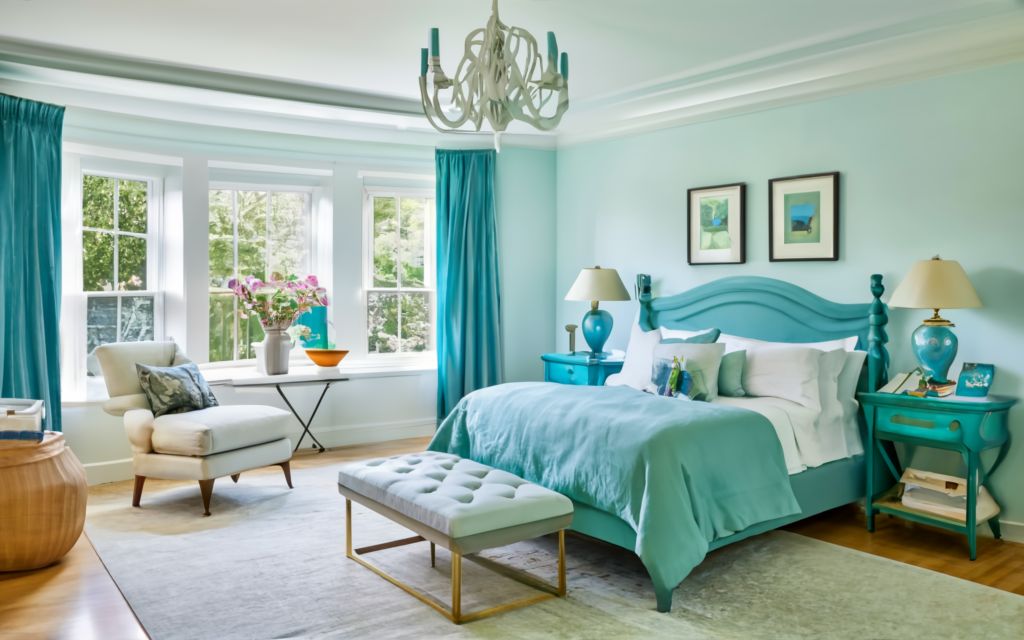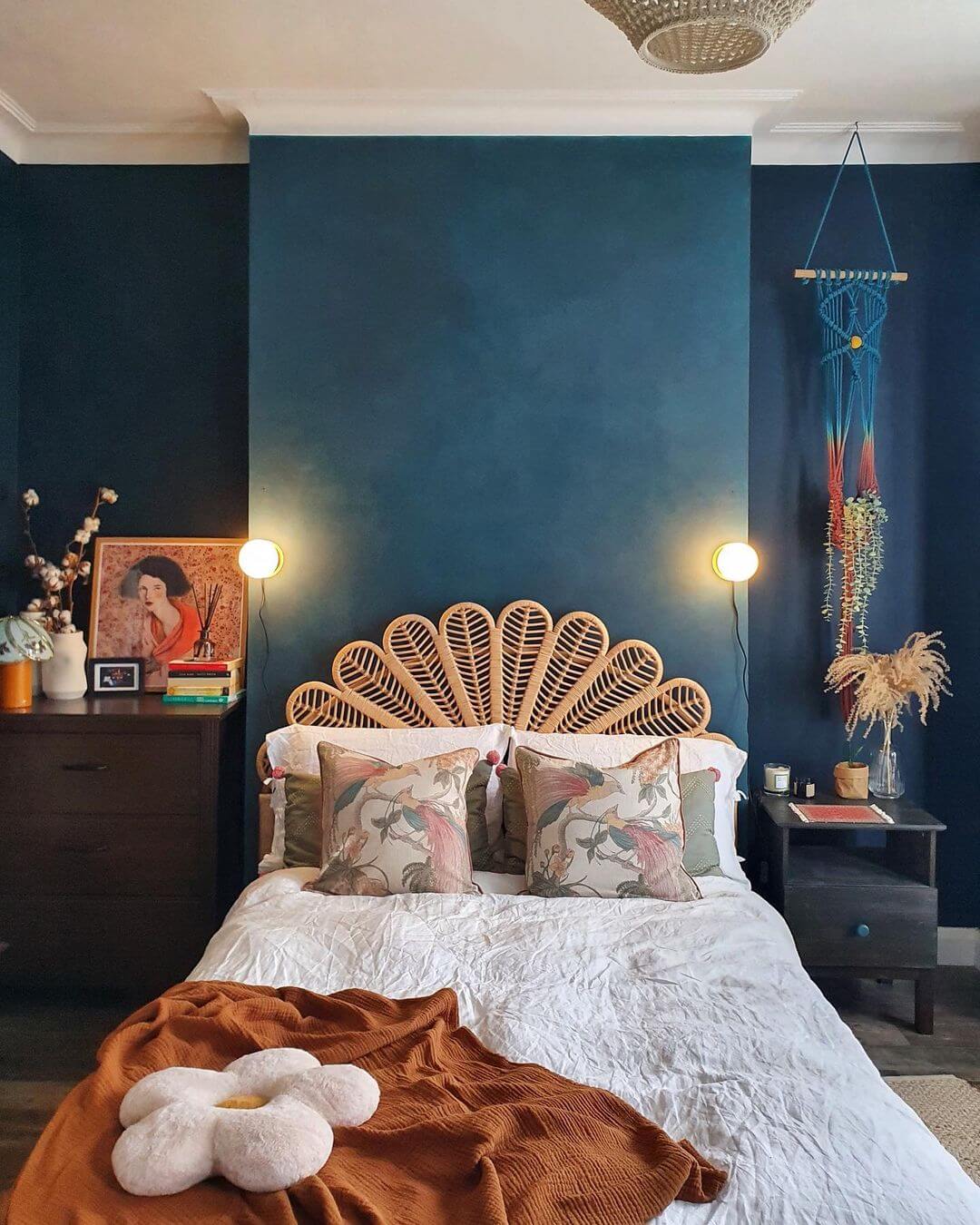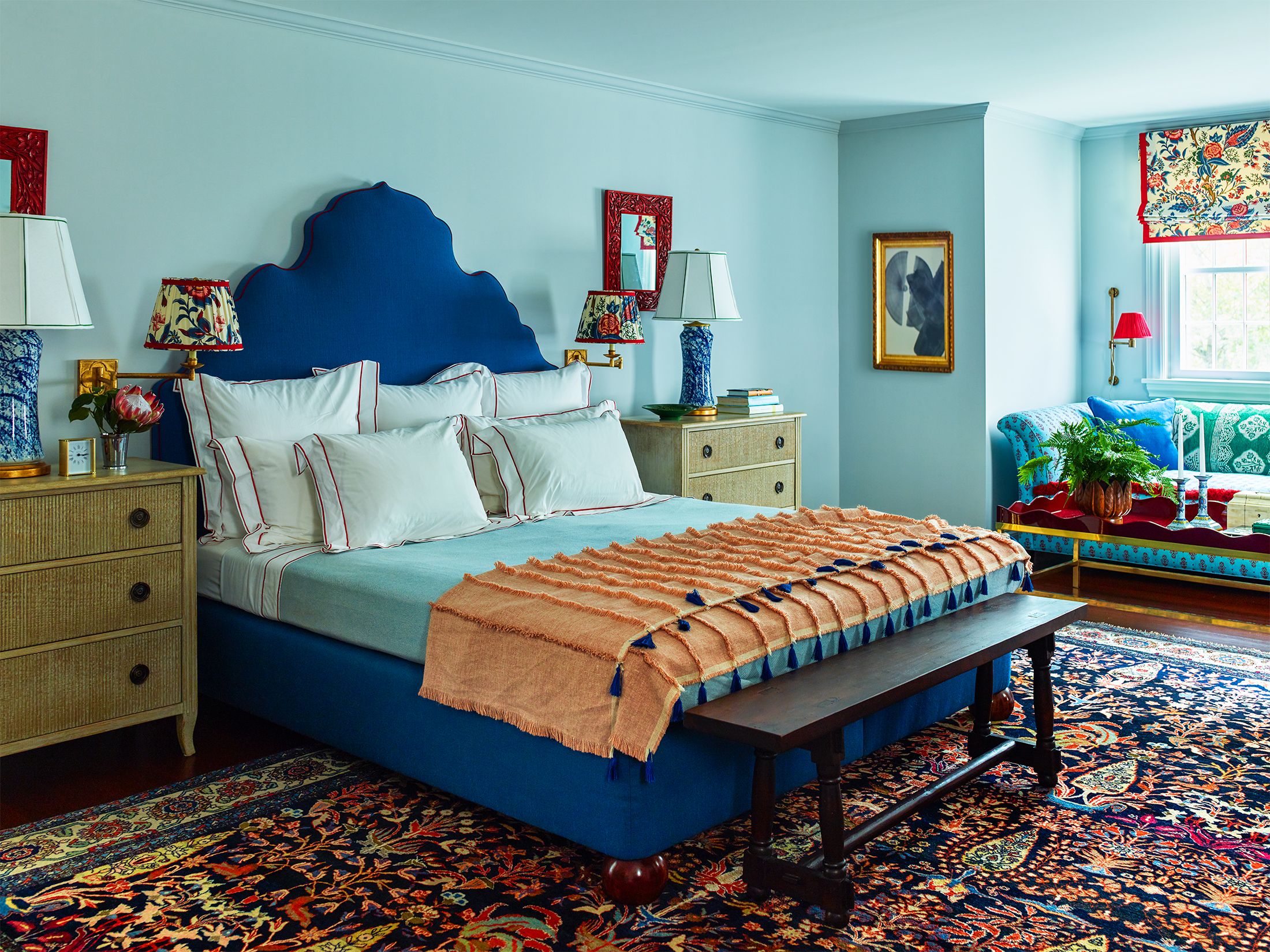
Choosing the right color for your bedroom can be a transformative experience. The colors you select not only affect the aesthetics of your space but also influence your mood and overall well-being. In this article, we’ll explore various color ideas for bedroom decor, backed by personal experiences and a wealth of knowledge to help you create a serene sanctuary.
The Psychology of Color in Bedroom Decor

Before diving into specific color palettes, it’s important to understand the psychology behind colors. Different shades evoke different emotions and can set the overall tone of your bedroom.

- Blue: Known for its calming effects, blue is great for promoting relaxation and sleep.
- Green: Reflective of nature, green is refreshing and ideal for creating a peaceful environment.
- Yellow: This cheerful color can bring warmth and positivity but can sometimes be overwhelming in large doses.
- Gray: A versatile and sophisticated choice, gray can create a cozy atmosphere when paired with the right accents.
- Purple: Often associated with luxury, purple can add a touch of elegance, especially in its lighter shades.
- Neutrals: Whites, creams, and beiges provide a calm backdrop that allows for flexibility in decor.



Popular Bedroom Color Schemes
Once you understand the impact of colors, you can start to explore popular bedroom color schemes. Here are some ideas that have worked wonders for many.
1. Calm Coastal Vibes
Think soft blues, sandy beiges, and crisp whites to create a serene coastal retreat.
Color Palette:
- Light Sky Blue
- Sandy Beige
- White
- Seafoam Green
This palette is perfect for those who want to bring a little bit of the beach into their home. Pairing these colors with natural wooden furniture enhances the coastal feel.
Pros and Cons:
| Pros | Cons |
|---|---|
| Creates a calming atmosphere | Can feel too cool in winter |
| Easy to accessorize with beach-themed decor | May require frequent cleaning to maintain brightness |
2. Warm Earth Tones
Rich browns, deep reds, and soft yellows evoke a sense of warmth and comfort.
Color Palette:
- Chocolate Brown
- Burnt Sienna
- Mustard Yellow
- Rust Orange
This scheme can make your bedroom feel cozy and inviting. Wooden furniture and warm lighting can enhance this effect.
Pros and Cons:
| Pros | Cons |
|---|---|
| Creates a cozy, inviting atmosphere | Can be overwhelming in small spaces |
| Timeless elegance | Requires balance with lighter accents |
3. Soft Pastels
Gentle pastels can create a light, airy feel in your bedroom.
Color Palette:
- Pale Pink
- Light Lavender
- Mint Green
- Soft Peach
Pastel colors are particularly suitable for creating a dreamy and romantic atmosphere.
Pros and Cons:
| Pros | Cons |
|---|---|
| Light and bright, making the space feel larger | May feel too childish if overused |
| Easy to accessorize with floral patterns | Can lack depth without darker accents |
4. Bold Jewel Tones
For those who love richness and drama, jewel tones like emerald green, sapphire blue, and ruby red can make a striking statement.
Color Palette:
- Emerald Green
- Sapphire Blue
- Ruby Red
- Amethyst Purple
When designed correctly, these colors can add depth and personality to your bedroom.
Pros and Cons:
| Pros | Cons |
|---|---|
| Creates a luxurious and sophisticated look | Can overpower a small space if not balanced |
| Works well with metallic accents | Requires careful coordination with other colors |
Choosing the Right Finish and Texture
The finish and texture of the colors you choose can significantly alter the look of your bedroom decor. Here are some options:
1. Matte Finishes
Matte finishes provide a soft, non-reflective look that can enhance the coziness of a room. They are perfect for creating a warm, inviting atmosphere.
2. Satin Finishes
Satin finishes offer a slight sheen, adding a touch of elegance without being overly shiny. These are great for bedrooms as they reflect just enough light.
3. Glossy Finishes
Glossy finishes are highly reflective and can make a small space feel larger. However, they may require more upkeep as they show imperfections more easily.
Accent Colors and Their Importance
Accent colors can enhance your primary color scheme and add visual interest to your bedroom decor. Here are some ideas:
Using Contrasting Colors
Choosing contrasting colors for your accents can create a striking look. For example, pairing a soft blue with a rich navy can add depth to your decor.
Complementary Colors
On the other hand, using complementary colors can create a harmonious feel. For instance, pairing greens with earthy browns can evoke a sense of tranquility.
Incorporating Patterns
Adding patterns to your bedroom can bring your color palette to life. Here are some ideas:
1. Floral Patterns
Floral patterns work beautifully with soft pastel colors, creating a romantic atmosphere.
2. Geometric Patterns
For a modern twist, geometric patterns can add a sleek, contemporary feel to your space.
3. Stripes
Stripes can be used to make a room look taller or wider, depending on the direction you choose.
Personal Experiences with Bedroom Color Decor
Having experimented with various color palettes in my own bedroom, I can share firsthand insights on the impact of color choices.
Serene Blue Oasis
When I painted my bedroom in soft blue tones, it became my sanctuary. The calming effect of the color created a peaceful atmosphere perfect for winding down after a long day.
Warm Rustic Retreat
On the other hand, when I ventured into earth tones, my room felt cozy and inviting. Rich browns and deep reds made the space feel warm and welcoming, especially during cold winter nights.
Tips for Choosing Bedroom Colors
Here are some practical tips to guide your color selection for bedroom decor:
1. Consider the Size of Your Space
Light colors tend to open up a space, while darker colors can create an intimate feel. Choose based on the vibe you want to achieve.
2. Think About Your Furniture
Your furniture and decor should complement your color choices. Consider the finish and color of your existing furniture when selecting your palette.
3. Test Samples
Always test paint samples on your walls before making a final decision. Lighting can drastically change how a color looks in your space.
4. Don’t Forget About Lighting
The type of lighting in your bedroom can affect how colors appear. Natural light versus artificial light can make the same color look vastly different.
Frequently Asked Questions (FAQs)
What are the best colors for a small bedroom?
Light colors like whites, pale blues, and soft pastels can make a small bedroom feel larger and more open.
Can I mix different color schemes in my bedroom?
Yes, you can mix color schemes! Just ensure you maintain a cohesive palette by choosing complementary or contrasting colors carefully.
How do I choose an accent color?
Consider colors that complement your primary color palette. An accent color should stand out but still feel cohesive with the overall design.
What colors should I avoid in a bedroom?
Bright neon colors can be overwhelming and may disrupt sleep. Instead, opt for calming hues.
Conclusion
Choosing the perfect bedroom decor color ideas can truly transform your personal sanctuary. Whether you lean towards serene blues, warm earth tones, or bold jewel tones, your color choices can significantly influence the atmosphere of your space. Remember to consider the psychology of color, the size of your room, and your existing furniture when making your decisions. With these tips and insights, you’re well on your way to creating a beautiful and inviting bedroom that reflects your personal style.